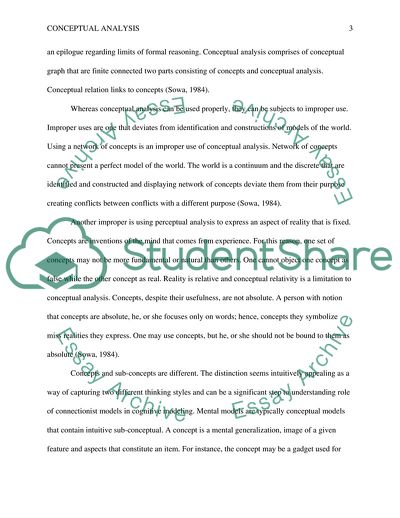Cite this document
(Conceptual Analysis of Computing and Information System Term Paper, n.d.)
Conceptual Analysis of Computing and Information System Term Paper. https://studentshare.org/information-technology/1808550-conceptual-analysis-course-department-of-computing-and-information-system
Conceptual Analysis of Computing and Information System Term Paper. https://studentshare.org/information-technology/1808550-conceptual-analysis-course-department-of-computing-and-information-system
(Conceptual Analysis of Computing and Information System Term Paper)
Conceptual Analysis of Computing and Information System Term Paper. https://studentshare.org/information-technology/1808550-conceptual-analysis-course-department-of-computing-and-information-system.
Conceptual Analysis of Computing and Information System Term Paper. https://studentshare.org/information-technology/1808550-conceptual-analysis-course-department-of-computing-and-information-system.
“Conceptual Analysis of Computing and Information System Term Paper”. https://studentshare.org/information-technology/1808550-conceptual-analysis-course-department-of-computing-and-information-system.


